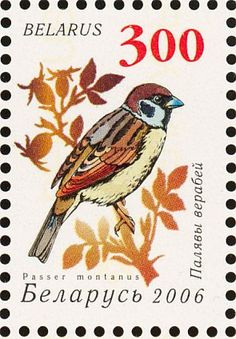Birds living and breeding on the UK’s farmland have seen numbers decline by almost a tenth in five years, official figures show. Farmland bird populations have declined by 56% since 1970, largely due to agricultural changes including the loss of mixed farming, a switch to autumn sowing of crops, a reduction in hay meadows and the stripping out of hedgerows. While the majority of the decline happened in between the late 1970s and 1980s as farming practices changed rapidly, there was a 9% decline between 2010 and 2015, the statistics from the Department for Environment, Food and Rural Affairs (Defra) show. The latest figures have prompted renewed calls for an overhaul of farming as the UK leaves the EU and its system of agricultural subsidies, to support wildlife and farming.
The data showed some “specialist” species, those restricted to or highly dependent on farmland habitats, have seen precipitous falls. Corn buntings (Emberiza calandra), grey partridge (Perdix perdix), turtle doves (Streptopelia turtur) and tree sparrows (Passer montanus) have all suffered declines of more than 90% since 1970, though others such as stock doves and goldfinches saw populations double. For turtle doves in particular, dramatic falls continue, with numbers down 71% between 2010 and 2015. Elsewhere in the countryside, woodland birds have seen numbers remain relatively stable over the last five years, although they are down almost a quarter (23%) since 1970. Across all species, including farmland, woodland, wetland and waterbirds and seabirds, numbers are down around 8% on 1970, the figures show.
Source: The Guardian, 23 Nov 2017
https://www.theguardian.com/environment/2017/nov/23/farmland-bird-decli…

- Login om te reageren
